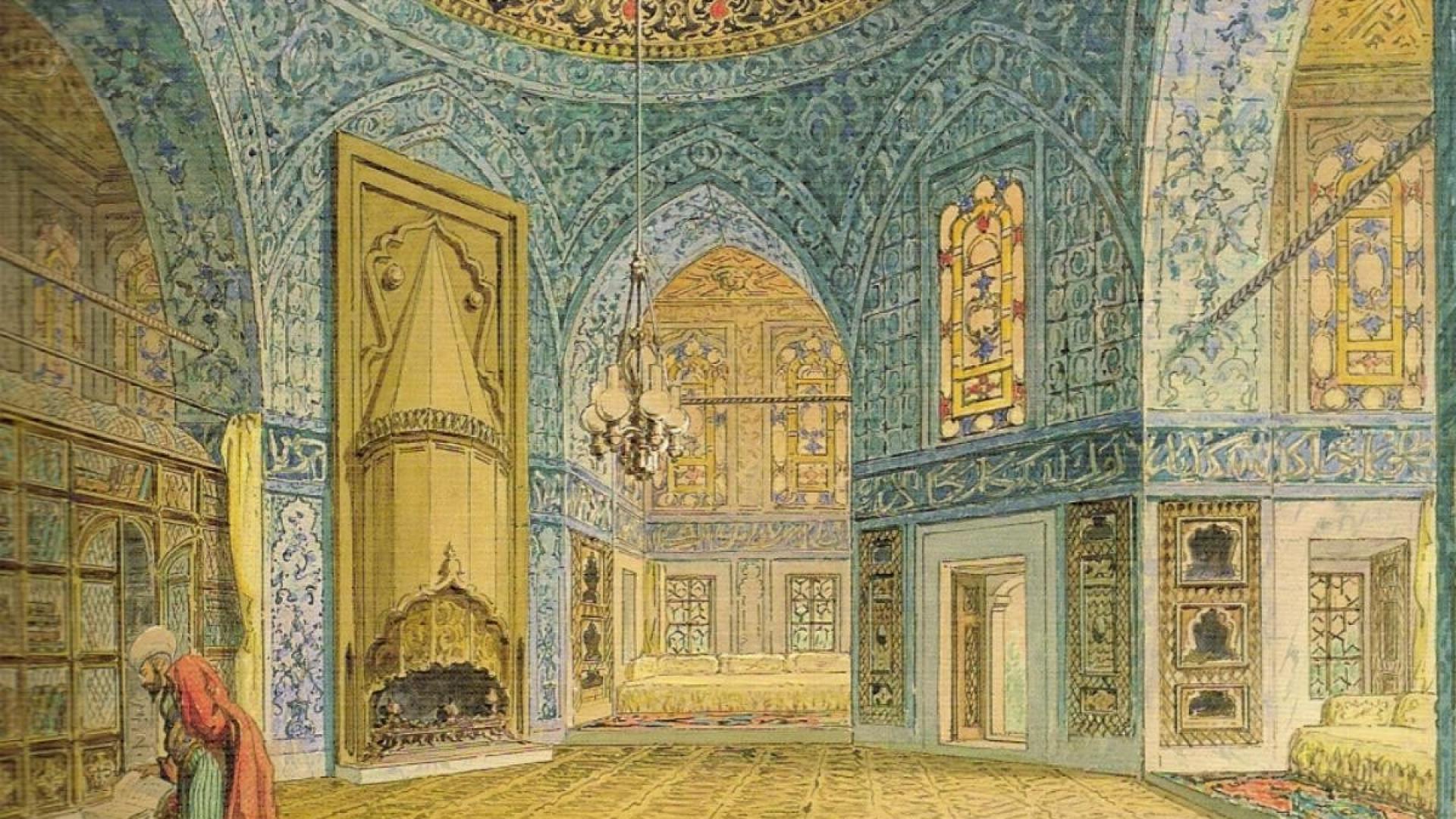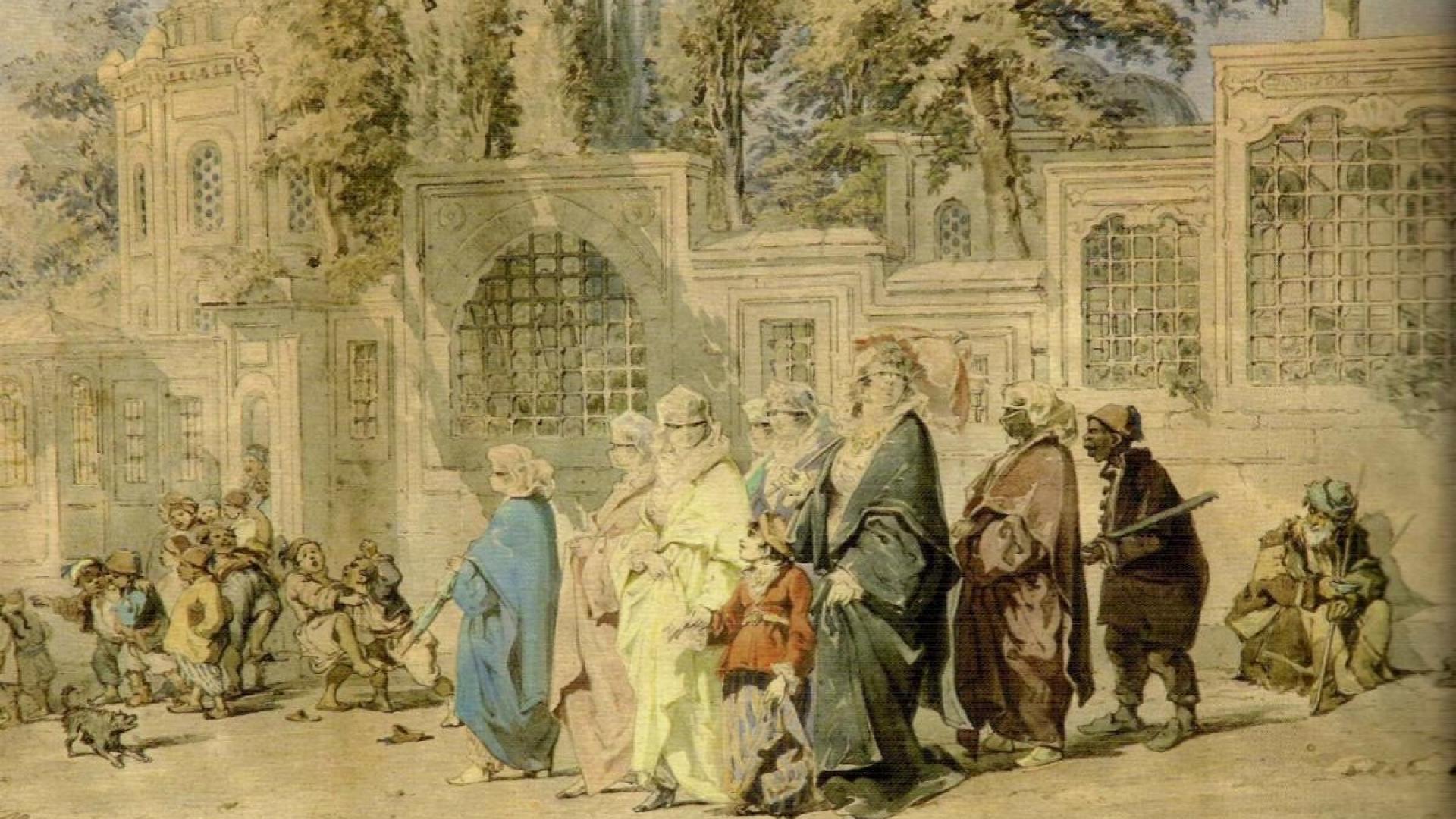Title : Painting Islamic History
Link : Painting Islamic History
Painting Islamic History
It comprises both religious and secular art forms. There was extensive use of.
The persian miniature was the dominant influence on other islamic miniature traditions principally the ottoman miniature in turkey and the mughal miniature in the indian sub continent.

Painting islamic history. Islamic art is difficult to characterize because it covers a wide range of lands periods and genres including islamic architecture islamic calligraphy islamic miniature islamic glass islamic pottery and textile arts such as carpets and embroidery. Early christian art begins the period followed by byzantine art anglo saxon art viking art ottonian art romanesque art and gothic art with islamic art dominating the eastern mediterranean. It is the art of a civilization formed by a combination of historical circumstances.
The conquest of the ancient world by the arabs the inforced unification of a vast territory under the banner of islam a territory which. African art jewish art islamic art indian art chinese art korean art and japanese art each had significant influence on western art and vice versa. Developments in eastern painting historically parallel those in western painting in general a few centuries earlier.
Islamic art is not the art of a particular country or a particular people. The history of eastern painting includes a vast range of influences from various cultures and religions. Persian art under islam had never completely forbidden the human figure and in the miniature tradition the depiction of figures often in large numbers is.
In byzantine and gothic art of the middle ages the dominance of the church resulted in a large amount of religious art. Islamic art encompasses the visual arts produced in the islamic world. About chronological periods in the islamic world arts and humanities art of the islamic world a beginners guide to the art of islam arts of the islamic world.
Thus this article Painting Islamic History
You are now reading the article Painting Islamic History with the link address https://vvideoy.blogspot.com/2019/11/painting-islamic-history.html



